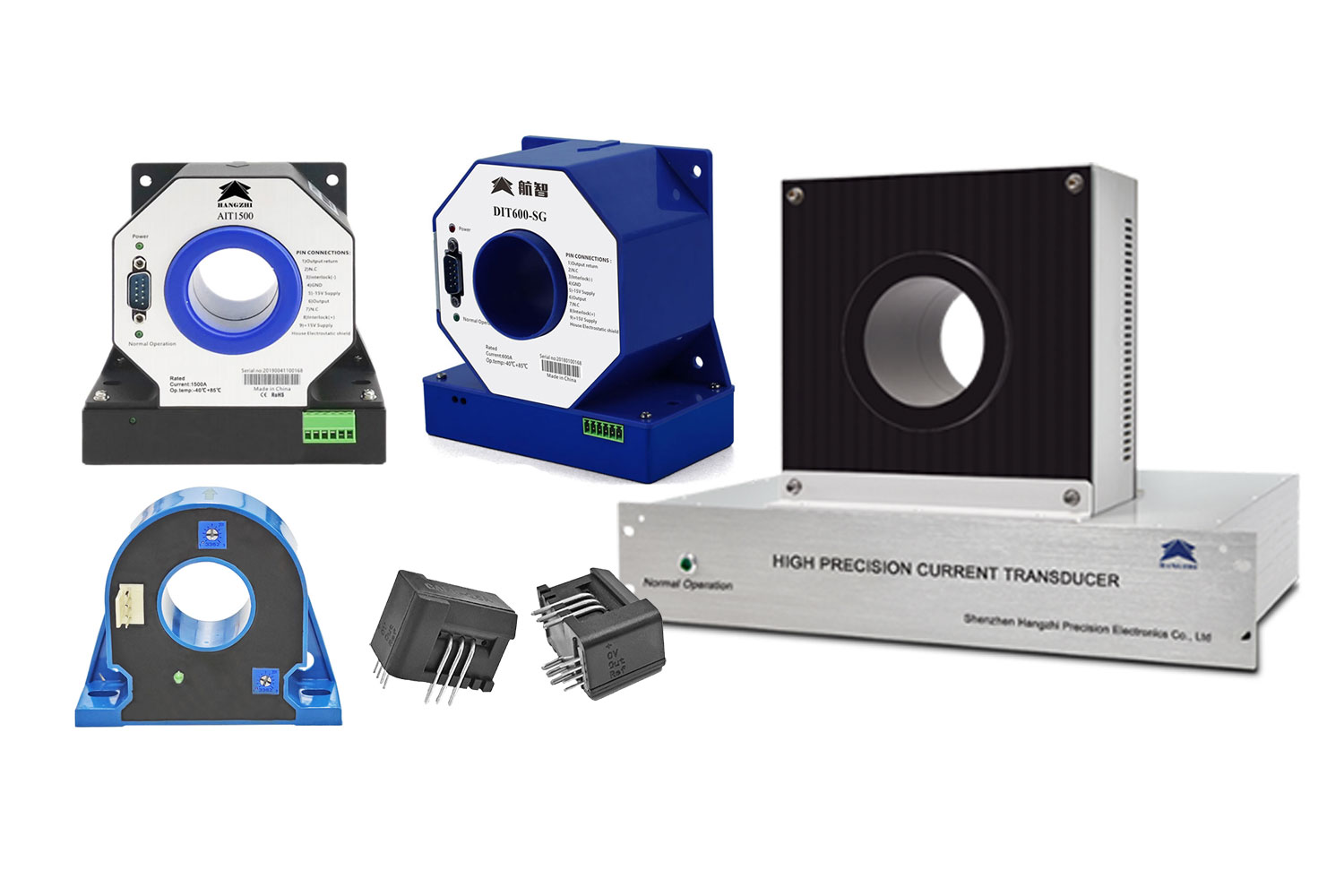
Many people do not realize how complicated and useful current transducers are, even though they are an important part of monitoring electrical systems. If you understand these devices, you can find better ways to measure electricity and make systems work better. In this blog, you will delve into what you might not know about the 電流変換器.
Types of Current Transducers
Hall Effect Transducers
Hall Effect transducers are devices used to measure electric current. They work based on the Hall Effect principle, which states that a magnetic field generates a voltage when it interacts with a current-carrying conductor.
These transducers are popular because they can measure both AC and DC currents and provide accurate readings without direct electrical contact with the current-carrying conductor.
Shunt Resistor Transducers
Shunt resistor transducers measure current by using a low-value resistor placed in series with the current path. As current flows through the resistor, a small voltage drop occurs, which is directly proportional to the amount of current. This voltage drop is then measured and converted into a current reading.
Current Transformers
Current transformers (CTs) are devices used to measure AC by producing a proportional, smaller AC in their secondary winding.
They work on the principle of electromagnetic induction, where the primary conductor carrying the current is placed around the transformer’s core, inducing a current in the secondary winding.
Current transformers are commonly used in power systems for measuring and monitoring high AC currents safely.
Key Characteristics to Consider for Current Transducers
Measurement Range
The measurement range refers to the range of current values the transducer can accurately measure. It’s important to select a transducer with a range that matches the current levels you expect to measure.
If the transducer’s range is too narrow, it might not capture higher or lower currents accurately. Conversely, a range that’s too broad might lead to lower resolution or less precise readings.
正確さと精度
精度(Accuracy)とは、トランスデューサーの測定値が実際の電流値にどれだけ近いかを指します。 精密さ(Precision)とは、同じ電流値に対してトランスデューサーがどれだけ一貫して同じ測定値を提供するかということです。
High accuracy ensures the transducer gives correct readings, while high precision means it consistently provides those correct readings. Look for a transducer with low error margins and minimal variations in its measurements.
これは、電力システムや敏感な機器など、精密な電流監視が必要とされる重要なアプリケーションにおいて特に重要です。
出力信号の種類
Output signal types determine how the current measurements from the transducer are communicated to other equipment. Digital signals, analogue voltage, and analogue current are all common output signals.
Analog voltage outputs vary proportionally with the measured current, while analog current outputs provide a current signal corresponding to the measured current. Digital signals offer a direct numerical representation of the current.
The choice of output signal type should align with the input requirements of your monitoring or control system.
Have Effective Electrical System Management
Understanding and utilizing current transducers effectively is crucial for managing electrical systems with precision and reliability. So, equip yourself with the right knowledge to make informed decisions and optimize your electrical system management. Stay ahead of the curve and ensure your systems run smoothly and safely!
by Diane Taylor
